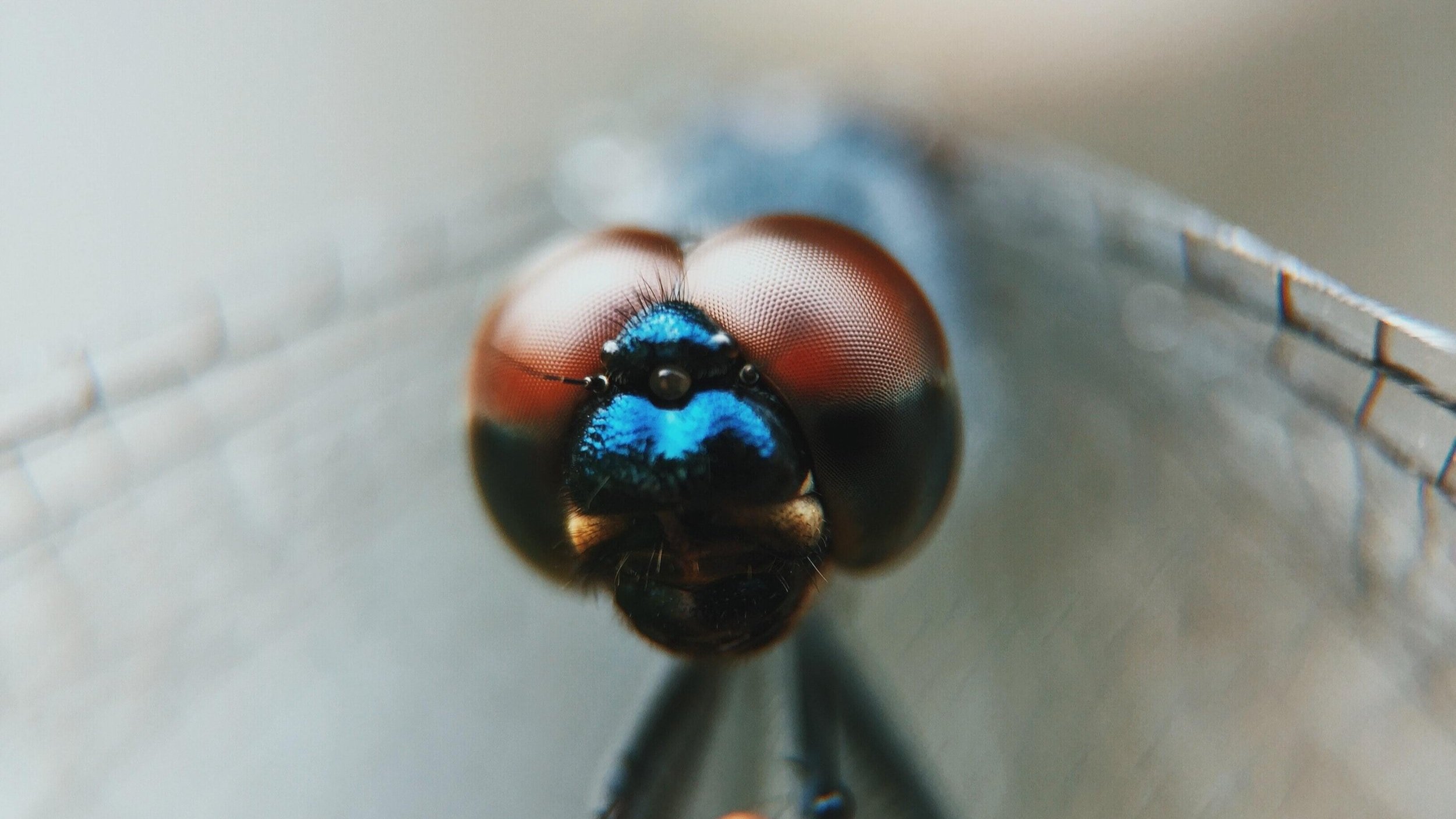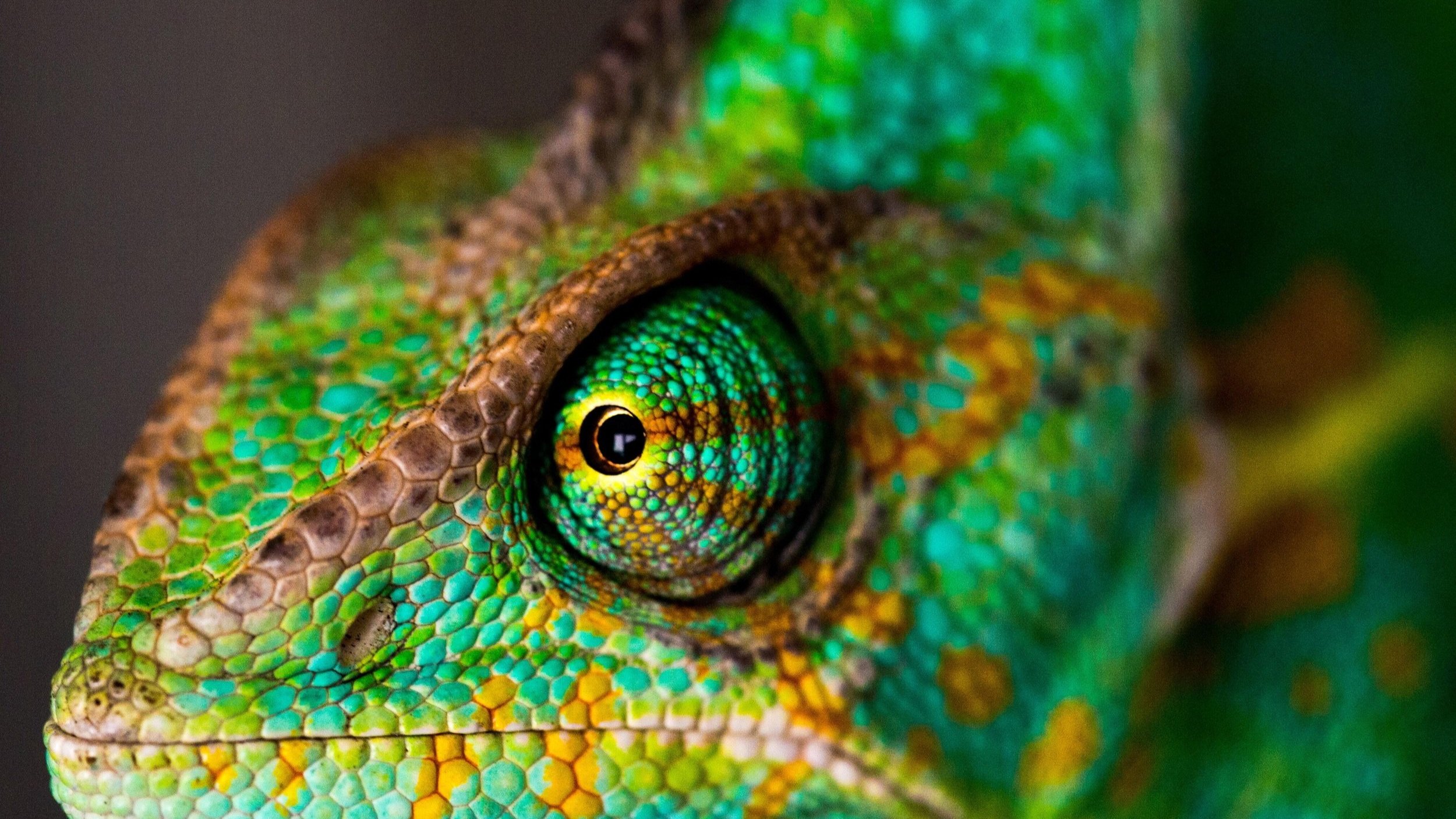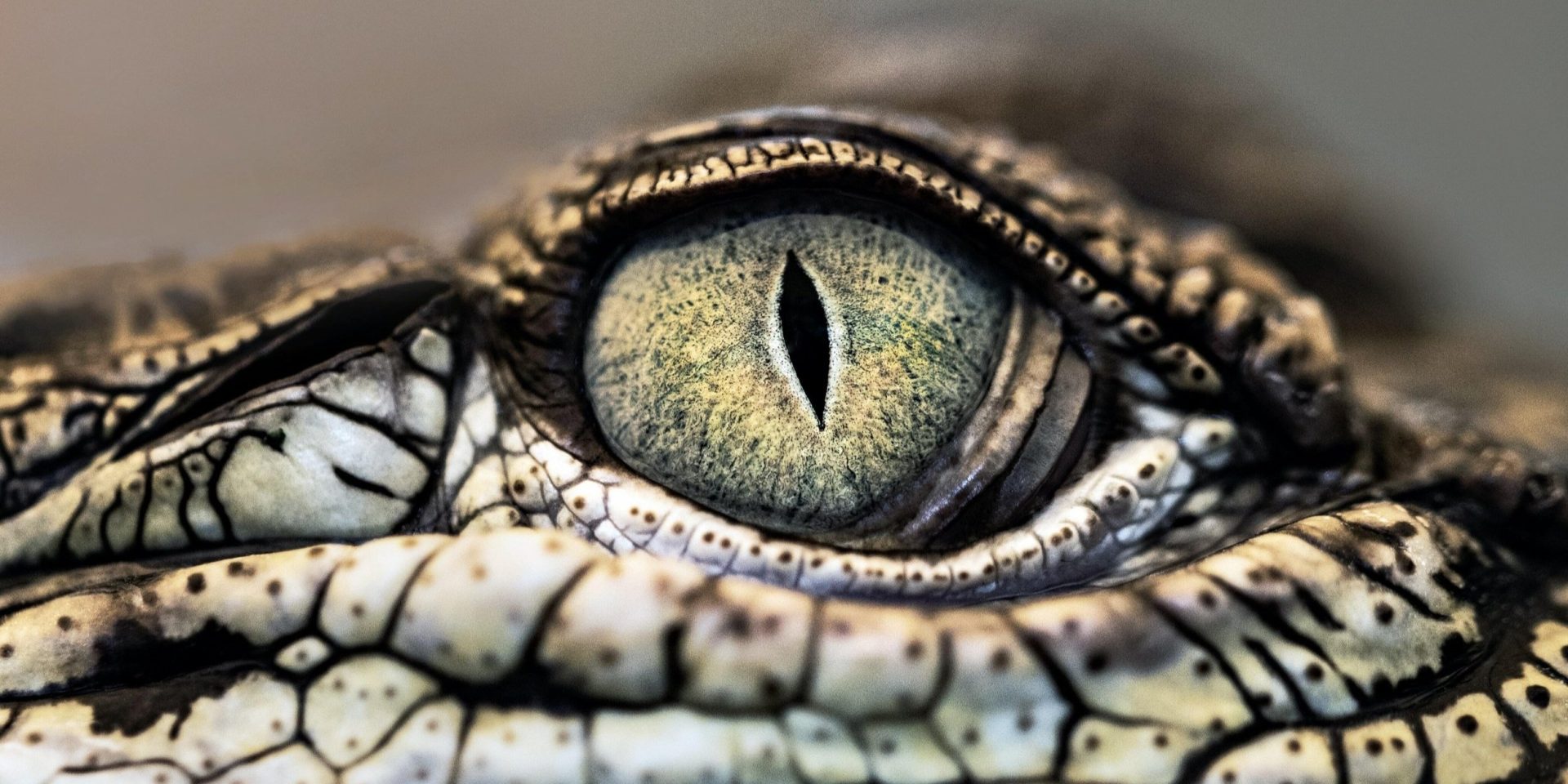It’s fun to look at the world around us for perspective on just how amazing the sense of sight is. When you think about how others see the world, it can really help you appreciate your own eyes.
Plus, tons of facts about the sense of sight in animals are downright interesting.
Millions of years of evolution has made for some unbelievable eyes in animals around the world. Take a look at some of the most eye-popping trivia with us.

Odd Animal Eye Anatomy
“You’re looking pretty strange—no pun intended”
Visually speaking, many animals experience the world very differently than we do. However, we share a lot of visual functions with the rest of the animal kingdom.
Snails, for example, have optic-sensitive spots on the tips of the tentacles (not stalks!) on their heads. Some snails can even grow back an eye if they lose it. However, they can’t see color, can’t focus their vision, and rely almost entirely on discerning between light and darkness.
The same vision limitations go for starfish, who actually have one eye on the end of each arm. Which begs the question: Does it count as hand-eye coordination if your eyes are on your hands?
Alligators have lidded eyes that function similarly to ours, and you probably already know that they have an extra set of eyelids for underwater sight. But did you know that camels actually have three eyelids? The extra clear membranes protect against dust and sand.
Speaking of extra appendages—the four-eyed fish, native to waters around Mexico—has two pupils and retinas in each eye so it can see both above and below the surface of the water!

Chameleons also have extraordinary fields of vision thanks to their strangely structured eyes, which can move independently of each other. Not only that, but they can move enough to give the reptile 360 degrees of vision. For comparison, humans have about 160-200 degree range of vision. That’s some serious added perspective, chameleons.
Anatomically speaking, the Purple California Sea Urchin takes the cake for weirdest eyes. The surface of this creature’s body has so many photoreceptors that it actually acts like one big functional eye. In other words, if you’re swimming off the coast of the Golden State, it’s not impossible to be poked in the eye…by an eye.

Where Do Human Eyes Stack Up?
Visually speaking, many animals experience the world very differently than we do. However, we share a lot of visual functions with the rest of the animal kingdom.
If you want to feel good about your vision, your pets are a good comparison…
While dogs don’t actually see in black and white, they are basically red-green colorblind. Dogs are also very nearsighted and probably see in roughly 20/75 compared to a human’s 20/20 vision. Sadly, if your dog was a person, their vision would be so poor that they would need a guide dog.
Cats have similar red-green colorblindness, so they can make out shades of blue and green, but red and pink hues appear green to them. Of course, cats have a leg up in night vision, only needing about a sixth of the light that a human needs to see clearly. And while they’ve got sharper claws, we’ve got sharper vision—human vision is about seven times more crisp than a cat’s.

Horse vision is similar to a dog’s, clocking in at about 20/60. Thanks to their eye placement, though, they have about 350 degrees of vision. Like cats, horses have superb night vision. The humble goldfish, on the other hand, has vision that is almost as poor as its famously bad memory. A person’s sight is about 50 times sharper than a goldfish’s.
As you can imagine, lots of animals have us beat in vision. After all, the term “eagle eye” is popular for a reason. An eagle’s distance vision is about 700% better than the average human’s. They also see color more vividly than we do, and can even see ultraviolet light! Owls have impressive sight as well, including the ability to see at night a whopping 200% better than people.
While many animals see better than us in many regards, some have eyes that function just plain differently. Sharks, for example, are thought to have similar eyes to humans, except for the fact that they can detect electric vibrations with their peepers. They also have “light recycling” crystals that create a mirror behind their retinas to capture more light. This gives sharks the ability to see 10 times better underwater than humans.

Sight Superlatives
So which critter’s eyes have the best of the best? The Ocular Oscars go to…
-
Biggest Eyeball: The Colossal Squid
-
The size of a soccer ball!
-
-
Most Lenses: Dragonflies
-
Nearly 30,000 per eye
-
-
Best Night Vision: Owls
-
Thanks to high rod density (captures more light)
-
-
Most Complex: Mantis Shrimp
-
With 12 color receptors (compared to three in humans), ability to see ultraviolet, infrared, and polarized light, and three sections in each eye allowing for trinocular vision for complete depth perception!
-
-
Best Distance Vision: Bald Eagles
-
With 20/5 vision, can spot a rabbit from three miles away
-
-
Best Color Vision: Butterflies
-
Can have up to 15 color receptors (compared to a human’s three)
-
Is your night vision not feeling very owl-like? Does your nearsightedness have your dog sympathizing with you? Is your site just not living up to the expectations that come with millennia of evolution?
Schedule an eye appointment with ilumin today!






